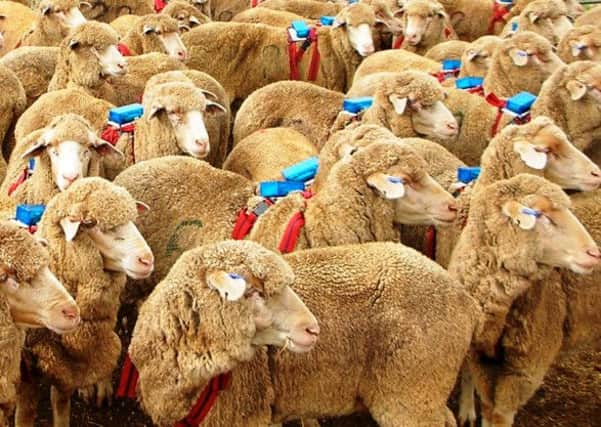Coming soon to a field near you: One man and his robot


However, it appears one last bastion of rural life, the sheepdog, could be set for the dole queue, with scientists predicting that robots will soon be able to do their jobs for them.
Rounding up sheep successfully is a deceptively simple process involving just two basic mathematical rules, a study found.
Advertisement
Hide AdAdvertisement
Hide AdOne causes a sheepdog to close any gaps it sees between dispersing sheep. The other results in sheep being driven forward once the gaps are sufficiently closed.
A computer simulation showed that obeying these two rules alone allowed a single shepherd – or sheepdog – to control a flock of more than 100 individuals.
The discovery has implications for human crowd control as well as the development of robots that can gather and herd livestock, say the scientists.
Lead researcher Dr Andrew King, from Swansea University, said: “If you watch sheepdogs rounding up sheep, the dog weaves back and forth behind the flock in exactly the way that we see in the model.” To conduct the study, the researchers fitted a flock of sheep and a sheepdog with backpacks containing highly accurate GPS satnavs.